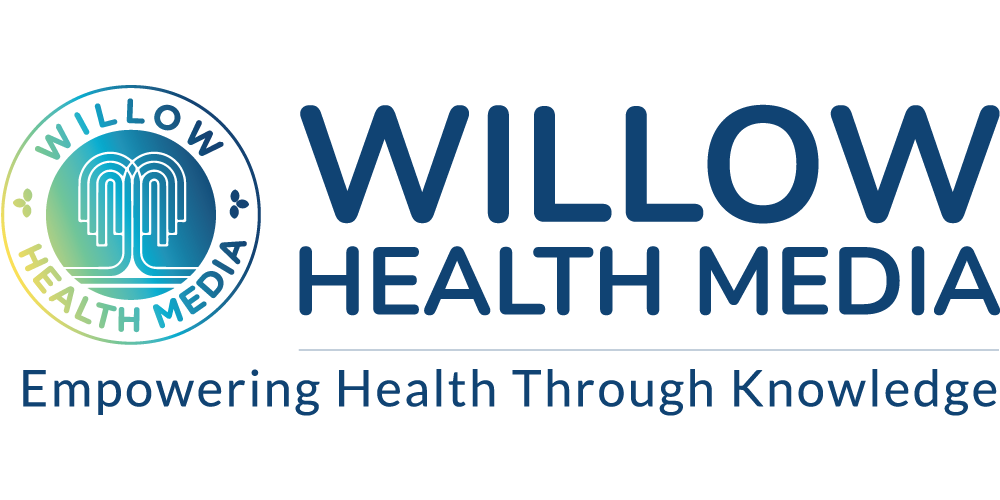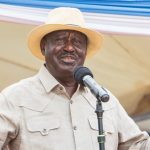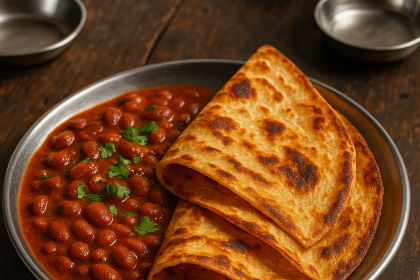Yellow Fever vaccination-mandatory for travel Visas- has 100 per cent compliance in Kenya even among religious sects that shun modern medicine
The October Polio vaccination campaign in Kenya had one striking incident: in Nairobi, locals turned away healthcare workers out to administer oral vaccines to children.
The reason? The workers’ vehicle had a concealed number plate, creating suspicion and mistrust which was amplified on social media with posts questioning the safety and purpose of the campaign.
The hesitancy continued from Nairobi to Kakamega County where Zachariah Anelika and Mercy Nassiuma skirted the vaccination arguing the initiative raised doubts as it was handled “in a casual manner.”
“With all the controversy surrounding the campaign, I couldn’t risk taking my children for the polio vaccine,” said Anelika. “If I felt they genuinely needed a booster, I would have taken them to a physical clinic rather than relying on health workers who were offering it door-to-door in the estates.”
Their hesitancy was further fueled by reported fatalities and “complaints circulating on social media meant something was clearly off. The tragic news only strengthened my resolve never to subject my children to that jab,” said Nassiuma.
Polio, an infectious disease transmitted through contaminated food or water, is caused by the poliovirus leading to paralysis and fatalities, especially among children. Survivors often live with physical disabilities which shape their lives and societal roles.
This year, the Ministry of Health (MoH) reported the outbreak of five polio cases, four among children at the Kakuma Refugee Camp in Turkana County and one in Kamukunji Sub-county, Nairobi. Other cases reported in Uganda and Somalia prompted the recent vaccination to contain them.
The supplementary oral immunization drive targeted around four million children under 10 and aimed at over 95 per cent vaccination coverage, according to Health Principal Secretary, Mary Muthoni.
The vaccination drive also included a second dose of the Injectable Polio Vaccine (IPV), targeting 4.3 million children across nine high-risk counties comprising Nairobi, Busia, Bungoma, Turkana, Trans Nzoia, West Pokot, Kiambu, Machakos and Kajiado.
Busia County, one of the high-risk counties, embraced the vaccination campaign after cVDPV2 was detected this May in Mbale, Uganda, over 70 kilometres from Busia, Kenya.
“We went door to door, administering the oral vaccine in health centres and on the roads to ensure every child under 10 is protected,” said Busia County Deputy Governor Arthur Odera, also the county’s Health Executive. “A case was discovered just across the border in Uganda, and we must remain vigilant.”
Genetic sequencing also revealed the strain was linked to a cVDPV2 strain previously detected in Garissa County, Kenya, which had originated from Somalia.
But the campaign faced significant vaccine hesitancy with some parents citing fears over its potency with potential side effects being overblown through social media. Nassiuma told Willow Health that reported fatalities of two children and “complaints circulating on social media meant something was clearly off. The tragic news only strengthened my resolve never to subject my children to that jab.”
The Kenya Catholic Doctors’ Association (KCDA) supported the vaccination drive “as a national security concern” considering “vaccines are administered to an entire population of healthy individuals and ‘If anything were to go wrong and remain undetected… we could lose an entire generation.” But that didn’t assuage the resistance. Reported side effects and deaths only worsened the situation.
Why have vaccination drives perennially faced resistance and hesitancy in Kenya, a country with 80 per cent literacy levels, according to the 2023 Kenya Economic Survey? Remember the COVID-19 vaccination hesitancy despite fatalities and night burials?
Interestingly, yellow fever vaccination in Kenya hardly faces any resistance.
The fears that drive vaccine hesitancy are majorly driven by socio-political, cultural and religious contexts. While KCDA supported this year’s polio vaccination, the same wasn’t the case in 2015 when the Conference of Catholic Bishops urged a boycott of the World Health Organization (WHO) backed polio vaccination over fears it contained a derivative of female hormone, estrogen, that could potentially sterilize children.
The concerns were raised by Dr Wahome Ngare, a gynaecologist and member of KCDA, and despite lack of expertise in infectious diseases, his claims gained significant traction. However, after the government conducted thorough tests and confirmed the safety of the polio vaccine. Dr Ngare withdrew his objections and the vaccination campaign proceeded.
Social media channels have also contributed to misinformation, disinformation and propaganda in the face of inadequate public awareness campaigns.
Just why the Kenya Paediatrician Association (KPA) used social media to increase polio vaccine awareness with Dr Ngala Mwendwa, a consultant paediatrician in Nairobi, hosting an X-Space on October 14 with Dr Anne-Marie Macharia, a paediatrician at Kenyatta National Hospital, as Guest Speaker.
She dwelled on vaccine risks and safety and told her audience that “A small number of viruses can cause diarrhoea or, in the worst case, paralytic polio,” but vaccines are generally safe, with rare instances of ineffectiveness among malnourished children or those with HIV.
One mother claimed her child developed burns on the upper and lower body parts after receiving the oral polio vaccine in Nairobi. She filed a complaint with the Pharmacy and Poisons Board, but Dr Macharia explained that adverse reactions like burns are rare and may not be directly linked to the vaccine.
Scenarios on the ground also fuelled the resistance when MoH recorded 23 adverse events across nine high-risk counties:16 were mild with symptoms like rashes, fever, and diarrhoea. However, seven cases were severe from weak limbs, convulsions and skin conditions besides two tragic deaths.
The Kenya National Vaccines Safety Advisory Committee determined that 18 cases were linked to pre-existing health conditions. Only four cases were associated with vaccine-related reactions, and one was indeterminate. MoH, nonetheless, urged Kenyans to cooperate for the next vaccination round in November as polio remains preventable through timely immunization.
Dr Dickens Lubanga, a paediatrician at the Bungoma Referral Hospital, notes that side effects are common with most drugs and should not be of great concern, but pockets of hesitancy against the polio vaccine could be broken with proper public awareness.
“Some religious organisations and anti-vaccination crusaders can be loud enough to scare the masses from a noble course, but with reassurance from the government and medical professionals on the safety of a given vaccine, such noise dies a natural death,” said Dr Lubanga who was in a team that earmarked four cases of mild polio vaccine effects in Bungoma.
Policies and legal frameworks also thaw vaccine hesitancy. For instance, the 2023 Kenya Economic Survey shows that about 10, 000 Kenyans emigrate annually driven by educational and career opportunities, family reunification or better living conditions. Most require yellow fever vaccination due to concerns over the spread of the disease endemic in parts of Africa.
Yellow fever jabs receive 100 per cent compliance even among religious sect members the Akorino- who shun modern medical interventions for religious reasons. MoH notes that the mandatory status tied to Visa and airport clearance restrictions contributes to high acceptance levels. Also, the yellow fever jab moved from a 10-year vaccination to a one-off lifetime vaccination and the perceived risk of contracting yellow fever while travelling serves as a strong motivator.
Unlike other vaccines, yellow fever jabs hardly have any complex myths pegged on family planning, fears over population control, misinformation on side effects, politicization, cultural barriers or religious overtones thus reducing hesitancy.
The other vaccination that faces minimal resistance is the malaria vaccine RTS, S/AS01- Mosquirix -launched in 2019.
Over 400,000 children or three-quarters of the target population, received at least the first dose in high malaria endemic counties of Kisumu, Homa Bay, and Migori- according to MoH, but a decline in numbers was recorded in subsequent doses, according to the 2022 WHO report, attributed to logistical barriers, including access to healthcare facilities and the ability to track vaccination schedules.
On the other hand, the Human Papillomavirus (HPV) vaccine launched in 2019 to curb cervical cancer rates has about 70 per cent of eligible girls receiving at least the first dose, but coverage among boys is below 15 per cent, according to data from MoH.
The Kenya National HPV Vaccination Coverage Report 2023 pegs the low uptake on limited public awareness, prioritization of female vaccination, logistical constraints and limited funding. There are also cultural factors as cervical cancer is perceived as a ‘women’s disease’ leading to the mistaken belief that vaccination is unnecessary for boys, despite evidence HPV can affect males and that vaccinating boys builds broader herd immunity.
Besides polio, vaccine resistance during 2020 COVID-19 is still fresh among Kenyans who were mandated to have proof of COVID-19 vaccination to access government services, including transport and entry into public buildings. Citizens majorly relaxed their hesitancy when President Uhuru Kenyatta and his family took the COVID-19 jab, emphasizing the trust citizens place in politicians as part of a call for action.
Indeed, Kenyan politicians turned the distribution of hand sanitisers into a campaign tool, with many printing their faces on sanitiser bottles to boost their public profiles, thus inadvertently increasing access.
Religion also played a key role in influencing acceptance and resistance during the COVID-19 pandemic. KCDA urged fellow Catholics to shun the jabs in 2021, but most seemed to have a change of heart when Dr Stephen Karanja, a gynaecologist, who was against the vaccines, died of COVID-19.
Members of the Legio Maria sect were the other reluctant religious grouping against the Covid jab, but later embraced it after Cardinal Elias Odhiambo Komenya, the sect’s leader in Homa Bay, spearheaded civic education gatherings in Kisumu County.
“The fight against HIV was successful largely because faith leaders and religious organizations were deeply involved. We have not been fully engaged in the campaign against coronavirus,” said Cardinal Komenya, prompting Kenyan health officials to include religious groups in vaccination campaigns.
WHO supported Kenya’s efforts to counter vaccine hesitancy via social mobilisation and risk communication through community engagements to diffuse misinformation, which helped improve public acceptance, especially in rural areas where fears and misconceptions were rampant.
To combat vaccine hesitancy effectively, WHO recommends three key drivers: confidence, complacency and convenience.
WHO’s Strategic Advisory Group of Experts (SAGE) on Immunization pegs community engagement at the helm as it involves open communication, addressing concerns, and working with trusted local figures like healthcare providers and community leaders to reinforce trust in vaccines.
Social mobilization and dialogue-driven interventions like the one held on X can encourage vaccine acceptance by making information accessible and addressing fears directly. Another approach is education and tailored messaging, targeting specific demographics and communities with messaging that resonates culturally and linguistically, especially among refugees, migrants and remote communities.
Using social media platforms is also ideal in dispelling misinformation besides by working with healthcare systems to promote verified content and counter false claims about vaccines. Lastly, WHO supports strategies like reminder systems and incentives, which have shown effectiveness in enhancing vaccine uptake, particularly in areas with limited healthcare access.
